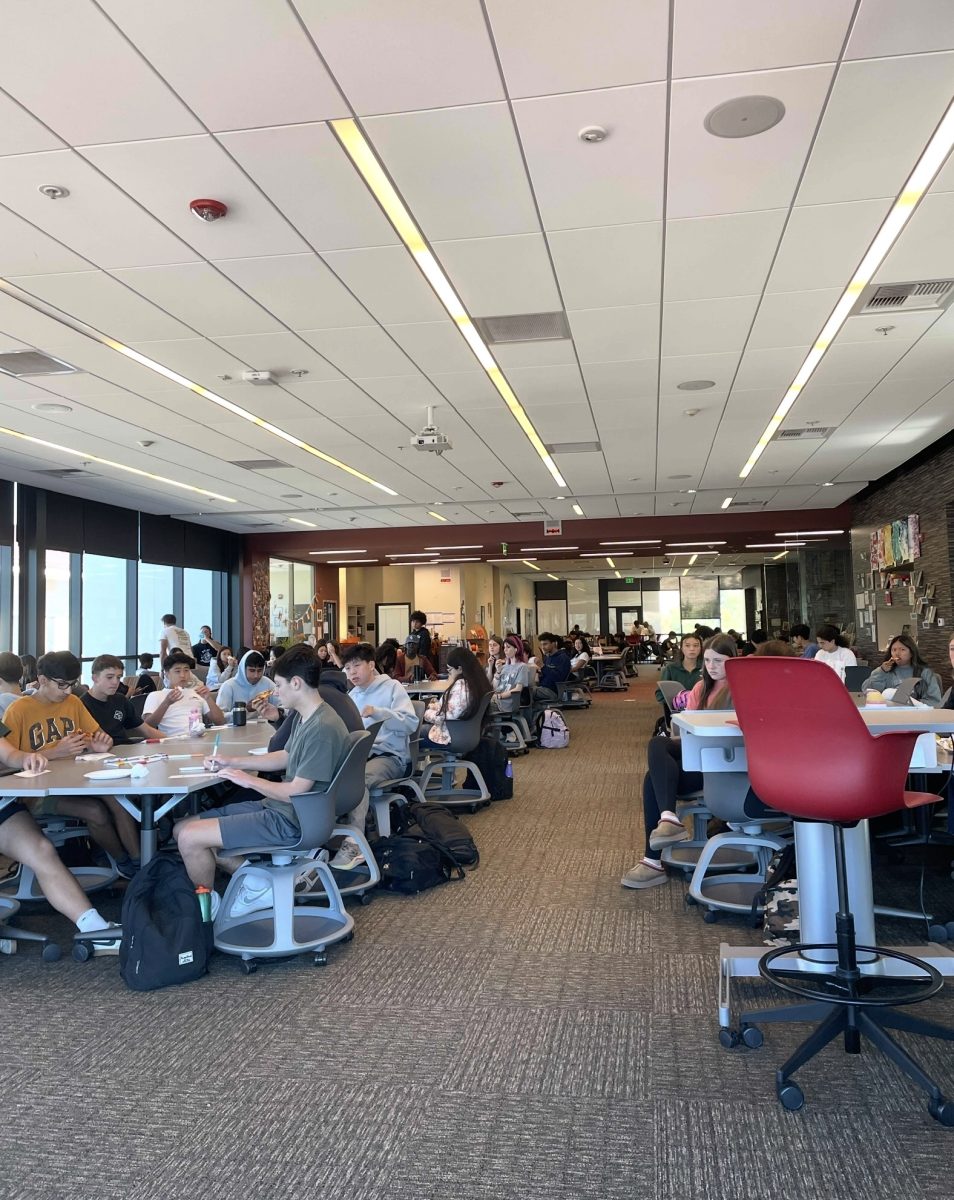Arguably, Monte Vista is fairly apathetic about its emergency drills. Yes, everyone knows how its students slouch out of buildings during evacuations and joke about who pulled the fire alarm this time. However, this is the least of the school’s problems concerning drills. The real issue is how it handles the emergency procedures themselves. And, in case of a real crisis, this could prove to be disastrous.
Here’s a quick overview of how emergency drills are conducted at Monte Vista. There are five kinds: evacuation, shelter, secure, hold, and lockdown drills. Each type of drill is run once a semester with students’ second-period teachers (a fact that will be more important later), making for ten being held in a year within Student Support and normal class time.
To be clear, Monte Vista isn’t in violation of any law regarding emergency procedures. The school does exactly what they’re required to do based on California law. Unfortunately, its failings come from it doing little more than that. The school seems to forget about addressing the nuances within these requirements, the aspects of school safety that aren’t obvious enough to put on a specific regulation. But these, like all parts of emergency preparedness, can’t have their importance be understated.
Take the topic of safe zones, for instance. During an evacuation drill, teachers will tell and even show their students where their room should go when an emergency calls for them to leave the classroom.However, this is where the fact that drills are only held with students’ second-period teachers becomes notable.
Many teachers neglect to give the aforementioned piece of safety information to their other periods, the ones they don’t have drills in. A anonymous survey among teachers at Monte Vista found that 47.1% of them don’t consistently tell all of their students where their room’s evacuation location is.
“Honestly, I have so many teacher/curriculum things on my mind that I don’t remember to do it consistently,” one of the respondents said, while many others said something similar.
Nevertheless, safety information, no matter how small, can be the matter between life or death. In the case of a real emergency, everyone would agree that any bit of information that could increase their chances of survival would be beneficial. But if this looseness seen with evacuations translates to other emergency drills, Monte Vista could have a real problem on its hands.
But the burden of school safety doesn’t solely fall onto teachers, as students have to take the responsibility of reading up on procedures without being told. This is why things like evacuation maps are posted in every classroom, and why Monte Vista’s website has some of the same information they share on drill days.
“I’d say I know enough to get by,” senior Ramsey Schaeffer said, regarding his knowledge of school safety procedures.
Additionally, all the students interviewed said that they had referenced information on emergency procedures at least once, but the general consensus was that Monte Vista could handle emergency procedures better.
As junior Christina Gard put it: “I think the school really values it when something bad happens or only when they’re required to. It’s more of a ‘we have to do this’ rather than ‘we want to do this.’”
When it comes to school safety, everyone needs to take up responsibility, whether or not they’re a teacher, student, administrator, or hold any of the other numerous school positions. But when this fact is ignored or forgotten, it can cause problems that people might not think about on a normal day, but certainly would on one in which there’s an emergency.









